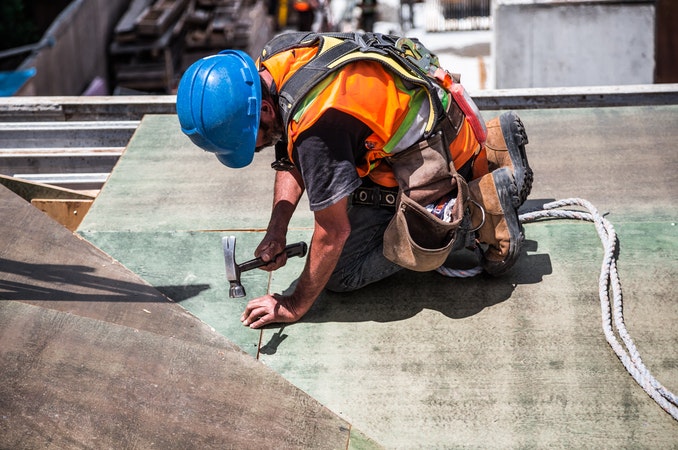Timber wall framing, a time-honoured construction technique, continues to be a prevalent method in modern building projects. This method, dating back centuries, involves the strategic use of timber frames for constructing exterior walls, interior partition walls, floors, and roofs. Renowned for its durability, cost-effectiveness, and insulation properties, timber wall framing remains a popular choice for both residential and commercial endeavours. In this article, we delve into the fundamentals of timber wall framing, explore its advantages, and provide insights on ensuring the correct implementation of this construction method.
Timber wall framing is a construction technique that employs wooden frame structures for building walls, floors, and roofs. The process entails using timber pieces to create a framework, subsequently filling the spaces between them with walls, insulation, and other materials. While prevalent in older homes, it has gained traction in modern construction due to its robustness. The choice of timber varies based on the application, with softwoods like pine or spruce suitable for interior frames and hardwoods like oak or maple preferred for external structures exposed to extreme weather conditions. These timber pieces are shaped into rectangles and interconnected with nails or screws at joints known as “studs,” forming a resilient frame capable of withstanding natural forces.
Once the framework is complete, insulation can be inserted between studs, followed by the application of drywall boards or plywood sheets to achieve the desired finish. These boards not only add structural support but also contribute to soundproofing within the structure. Timber wall framing emerges as an efficient means of constructing stable buildings, combining strength, durability, and insulation.
Moving on to the advantages of timber wall framing, it stands out for its strength and durability. Constructed from treated wood, these frames resist rot, pests, mould, and fire, ensuring long-term structural integrity. Cost-effectiveness is another highlight, as timber proves more affordable than materials like steel or concrete, reducing overall construction expenses. Additionally, the ease of working with wood minimizes labour costs during installation or future repairs.
In terms of aesthetics, the natural beauty of wood grain patterns and textures adds a timeless charm to structures framed with timber. The warm and inviting appearance enhances the overall visual appeal of residential and commercial spaces.
However, timber wall framing is not without its drawbacks. Vulnerability to fire and pest damage poses significant challenges. Proper treatment and maintenance are crucial to mitigate these risks and enhance resistance to fire and pests. Regular inspections and potential reapplication of paint add to the upkeep requirements over the structure’s lifetime.
Design considerations play a pivotal role in ensuring the safety and structural integrity of timber wall frames. Factors such as wood type, load-bearing capacity, and environmental considerations must be carefully evaluated during the planning phase. Proper installation steps, including precise measurements, accurate cutting, and secure assembly, contribute to the overall success of timber wall framing in building projects.
In conclusion, timber wall framing emerges as an excellent choice for construction projects, offering strength, durability, cost-effectiveness, and aesthetic appeal. With meticulous planning, thoughtful design considerations, and precise installation, timber wall framing proves to be a lasting solution for constructing robust and visually appealing walls.

